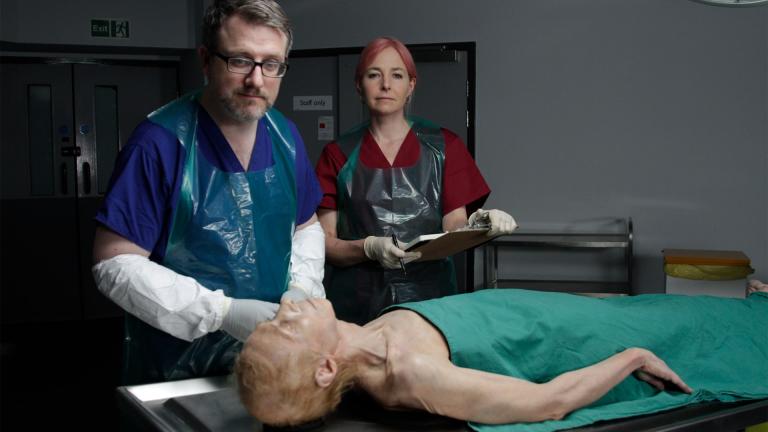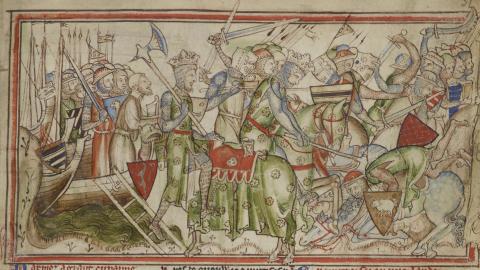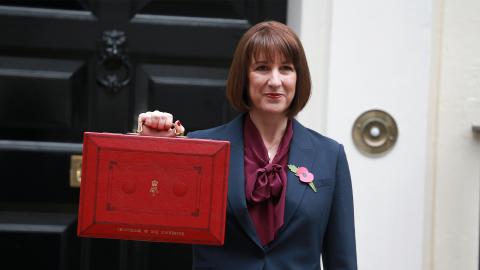
Royal Autopsy: S1 Episode Guide
Professor Alice Roberts and Dr. Brett Lockyer uncover the secrets and explore the theories regarding the causes behind the monarchs’ deaths who died over 300 years ago.
Image: Royal Autopsy (The body in the image is a prosthetic reconstruction of Elizabeth I)
Through state-of-the-art reconstruction based on contemporaneous medical records, Royal Autopsy presents a unique investigation into the cause of death of two of Britain’s most famous and historically significant monarchs: King Charles II and Queen Elizabeth I.
In each episode, anatomist and biological anthropologist, Professor Alice Roberts joins Home Office Pathologist, Dr. Brett Lockyer, to conduct autopsy simulations on each of the monarchs. In a television first and with a combination of historical evidence and modern medical expertise, Professor Roberts and Dr. Lockyer uncover the secrets and explore the theories regarding the causes behind the monarchs’ deaths who died over 300 years ago.
Professor Alice Roberts said: 'In this series, we employ historical research, forensic pathology, and special effects to achieve something which has never been done before: a 21st century autopsy on a long-dead monarch.
'Teaming up with brilliant forensic pathologist Dr. Brett Lockyer, I take a fresh look at these cold cases and discover insights into disease and medicine, life, and death in the past. In each case, we dug into the evidence – and we weren’t afraid to draw our own conclusions about the cause of death.'
Episode One: King Charles II
Professor Alice Roberts explores possible reasons for the death of King Charles II, the King known for his love of fine dining, theatre, and women, who died in February 1685, aged 54.
She reveals that superstition lay at the heart of 17th-century medicine and instead of helping to cure their King’s convulsions and discomfort, his doctors may well have hastened his painful death, with their slavish devotion to purging the body of toxins using a variety of outlandish emetics and enemas.
Did King Charles die of natural causes, did he inadvertently poison himself with his penchant for mercury experimentation, or was it his own doctors’ violations that killed him?
Episode Two: Queen Elizabeth I
Professor Alice Roberts explores the circumstances surrounding the death of the so-called Virgin Queen, Elizabeth I, daughter of Henry VIII, in March 1603, aged 69. Upon examination of an exact replica of her body, Home Office Pathologist Dr. Brett Lockyer observes signs of possible scrofula infections in her mouth, as well as rotting teeth and dilapidated internal organs.
The Queen had striven desperately for life but was let down by her mind and body. Was the wound where her coronation ring had to be cut from her hand the possible source of her final infection, hastened by the severe melancholia and mania which overwhelmed her during her final days?
















